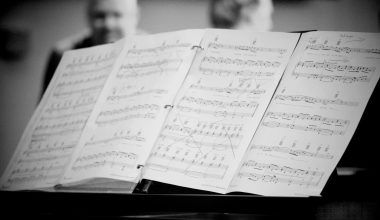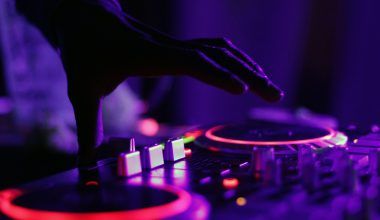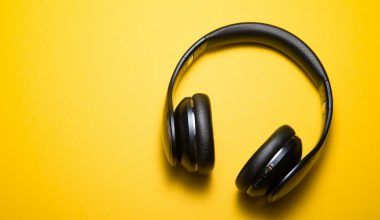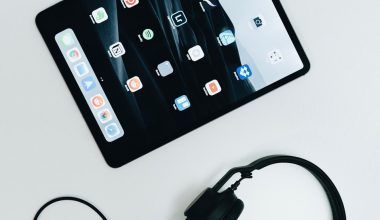If you’re stepping into the world of music production, one term you’ll encounter early on is DAW. DAW stands for Digital Audio Workstation, a software used for recording, editing, mixing, and mastering music. Picking the best DAW can feel overwhelming, but don’t worry. This guide will help you make an informed decision with ease.
What Exactly is a DAW?
To put it simply, a DAW is your virtual studio. It’s where you can record your instruments, tweak the sound, and turn your ideas into fully-fledged songs. Imagine it as a canvas for your creativity. With a DAW, you can work with audio tracks, add virtual instruments, and experiment with effects. Whether you’re a beginner or a seasoned pro, the right DAW can make all the difference in your workflow.
Why Choosing the Right DAW Matters
Not all DAWs are created equal. The best DAW for you depends on your specific needs and preferences. Some are beginner-friendly, while others cater to professionals. Some excel in live performances, while others shine in studio production. Choosing the best DAW ensures you’re comfortable and efficient, allowing you to focus on what truly matters – making music.
Factors to Consider When Picking a DAW
1. Ease of Use
As a beginner, you’ll want a DAW that’s intuitive and user-friendly. Look for software with clear menus, simple controls, and helpful tutorials. If you’re constantly searching for how to do something, it can kill your creative flow. Popular beginner-friendly options include GarageBand and FL Studio.
2. Compatibility
Before settling on a DAW, ensure it works well with your computer system. Some DAWs are Mac-exclusive, like Logic Pro, while others, such as Ableton Live, are available for both Mac and Windows. Additionally, check if your computer meets the software’s requirements to avoid performance issues.
3. Budget
Your budget plays a big role in choosing the best DAW. Free options like Audacity are great for starting out, but they often lack advanced features. Mid-range DAWs like Studio One or Reaper offer a balance of affordability and capability. For top-tier features, consider professional DAWs like Pro Tools or Cubase.
4. Features and Plugins
Think about what you need from your DAW. Do you require built-in instruments, a vast library of loops, or advanced mixing tools? Some DAWs, like Ableton Live, are packed with creative tools, while others, like Pro Tools, focus on professional-grade recording and editing.
5. Genre-Specific Needs
Different DAWs cater to different genres. If you’re into electronic music, Ableton Live or FL Studio might be the best DAW for you. On the other hand, Pro Tools is a favorite among those working with live instruments and vocals.
Exploring Popular DAWs
Let’s dive into some of the best DAWs available today. Each one has its unique strengths, so you’re sure to find one that fits your style.
Ableton Live
Ableton Live is a favorite among electronic music producers. It’s praised for its seamless workflow and live performance capabilities. With its intuitive interface and powerful session view, creating beats and loops becomes effortless. Plus, it’s compatible with a wide range of plugins and MIDI controllers.
Logic Pro
Exclusively for Mac users, Logic Pro is a powerhouse for studio production. It’s packed with virtual instruments, loops, and effects. Its comprehensive tools make it the best DAW for professional music production. Beginners also love Logic Pro’s easy-to-navigate interface.
FL Studio
Known for its simplicity and affordability, FL Studio is a go-to choice for beginners. Its drag-and-drop interface and step sequencer are perfect for creating beats. Additionally, it offers lifetime free updates, making it a great long-term investment.
Pro Tools
Pro Tools is often called the industry standard. It’s widely used in professional studios for recording and mixing. Its precision and advanced features make it the best DAW for high-quality audio production. However, it’s more suitable for advanced users.
Cubase
Cubase is known for its versatility. It’s ideal for both beginners and professionals. Its MIDI editing capabilities are unmatched, making it a favorite among composers. Cubase also excels in audio editing and mixing, offering a polished and professional sound.
Tips for Mastering Your Chosen DAW
Once you’ve chosen the best DAW for your needs, the next step is to master it. Here are some tips to get you started:
- Start with Tutorials: Most DAWs come with built-in tutorials or online guides. Take advantage of these resources to learn the basics.
- Practice Regularly: Spend time experimenting with your DAW. The more you use it, the more comfortable you’ll become.
- Join Online Communities: Many DAW users share tips and tricks in forums and social media groups. Joining these communities can help you learn faster.
- Explore Plugins: Plugins can enhance your DAW’s functionality. Experiment with free and paid plugins to find ones that suit your style.
- Stay Organized: Properly label your tracks and files. This will save you time and make your workflow smoother.
Final Thoughts
Choosing the best DAW doesn’t have to be complicated. Start by identifying your needs, exploring your options, and considering your budget. Remember, the best DAW is the one that helps you bring your musical ideas to life. With the right DAW, the possibilities are endless.
No matter where you are on your music production journey, there’s a perfect DAW waiting for you. So dive in, explore, and start creating amazing music today. The world of sound is at your fingertips!
For further reading, explore these related articles:
- Circles Post Malone Lyrics – A Song About Love, Loss, and Life
- Billie Eilish’s Big Moment at the Oscars 2022: A Night to Remember
For additional resources on music marketing and distribution, visit DMT Records Pvt. Ltd..






